Table of Contents
Quality Service Guarantee Or Painting Free

Get a rental agreement with doorstep delivery

Find the BEST deals and get unbelievable DISCOUNTS directly from builders!

5-Star rated painters, premium paints and services at the BEST PRICES!
Loved what you read? Share it with others!
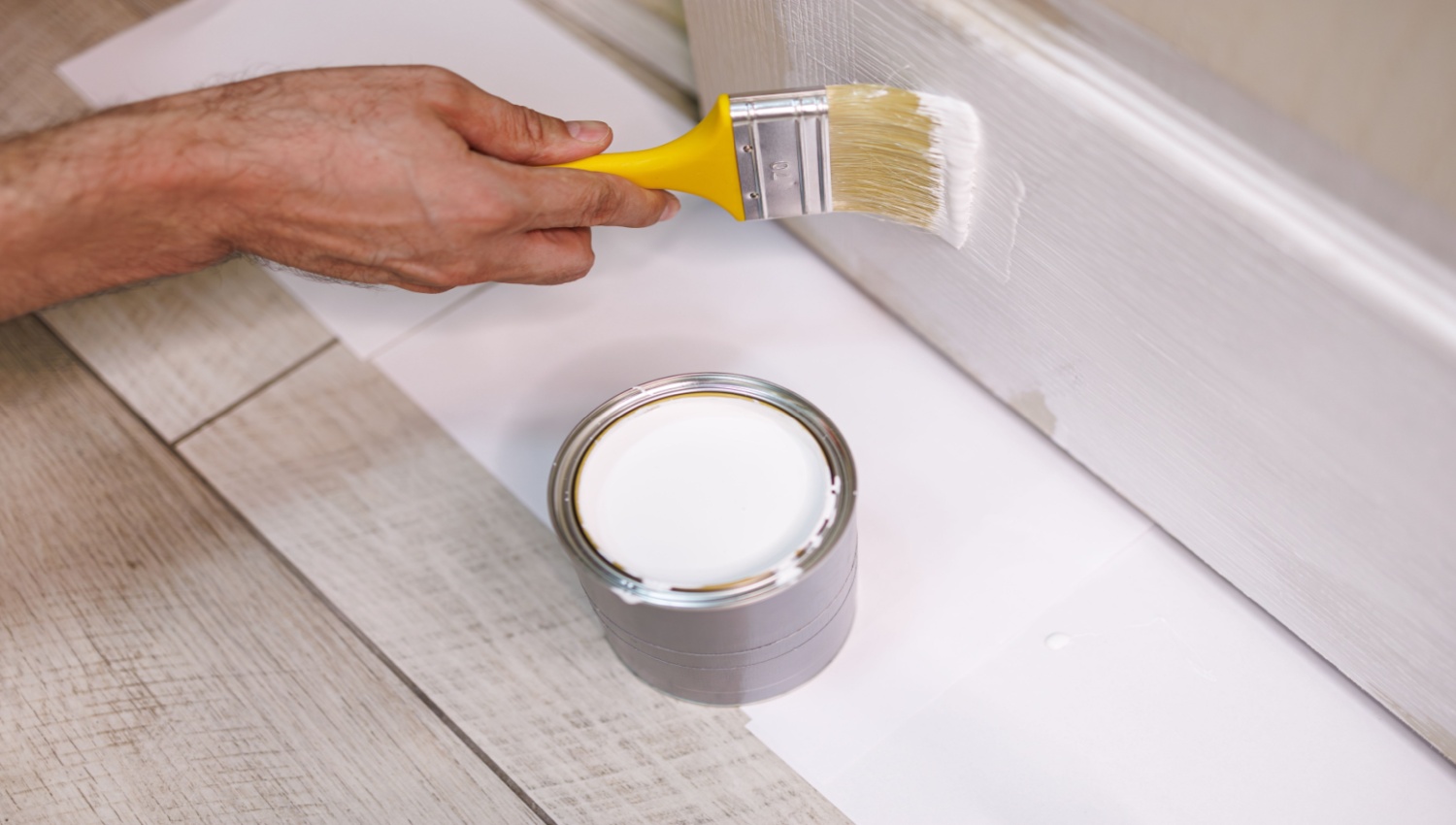

Submit the Form to Unlock the Best Deals Today
Help us assist you better
Check Your Eligibility Instantly

Experience The NoBrokerHood Difference!
Set up a demo for the entire community
Best White Paint for Interior Walls: With Latest Prices Enhance Your Space in 2025
Table of Contents
Choosing the best white paint for interior walls can depend on various factors, including personal preferences, the lighting in the room, and the overall style you're aiming for. Additionally, different paint brands offer various finishes and formulations. To make your decision easier, we have covered everything about white paint for interior walls and how it makes your home pleasant. Some great options include Asian Paints Royale Aspira (₹550-₹600/litre) for a luxurious finish, Berger Silk Glamor (₹500-₹550/litre) for smoothness, and Nerolac Beauty Gold (₹300-₹350/litre) as a budget-friendly choice.
List of Best White Paint For Interior Walls in 2024
Durability and beauty are the most critical factors in choosing the brand's best white paint for interior walls and surfaces. High-quality paint not only enhances the place's aesthetic appeal but also resists wear and tear and lasts for years, ensuring that walls remain inviting and beautiful. This is why we briefly describe the best white paints and their prices.
| Brand Name | Price per Liter (INR) | Durability (Years) |
| Asian Paints Royale Luxury Emulsion | ₹550 | 5-7 |
| Dulux Velvet Touch Pearl Glo | ₹620 | 5-6 |
| Berger Silk Glamor | ₹600 | 5-7 |
| Nippon Paint Spotless NXT | ₹580 | 5-6 |
| Indigo Paints Luxury Emulsion | ₹500 | 4-5 |
| Shalimar Superlac Acrylic Emulsion | ₹450 | 4-5 |
| Nerolac Beauty Gold Washable Emulsion | ₹550 | 5-6 |
| Kamdhenu Kamo Emulsion | ₹400 | 3-4 |
| Snowcem Paint Advance Emulsion | ₹480 | 4-5 |
| Jotun Majestic White Emulsion | ₹700 | 6-8 |
Choosing the best white paint for interior wall surface applications will enhance the character of your house. There are various factors like durability, ease of maintenance, shine, and beauty that must be considered before selecting white paint for walls to make the space lively and pleasing. This article presents the top 10 white paints and their descriptions with images so you can choose wisely.
Quality Service Guarantee Or Painting Free

Get a rental agreement with doorstep delivery

Find the BEST deals and get unbelievable DISCOUNTS directly from builders!

5-Star rated painters, premium paints and services at the BEST PRICES!
1. Asian Paints Royale Luxury Emulsion
Asian Paints Royale, available in a satin finish, gives a soft feel while absorbing the colour. The stain-resistant and longevity formula is ideally suited for use in living rooms and bedrooms, extending the period walls to remain clean and free from dirt and making them easier to maintain.
2. Dulux Velvet Touch Pearl Glow
Dulux Velvet Touch Pearl Glo presents a luxuriously soft velvet finish that complements all elegant interiors. This finish is a classic for interiors, protecting from stains yet adding a nuisance-less shine. It is recommended for high-style and high-traffic interiors as it is resistant to wear and tear but elegant, as well.
3. Berger Silk Glamor White Paint
Berger Silk Glamor is an offering that is very rich in texture and offers long lasting protection. This low sheen paint renames the name on its qualities, it gives an overtop finish suitable for places subject to a lot of activity and wear enabling the walls to remain intact in beauty and elegance while still causing minimal disruption and wear and tear to the walls themselves.
4. Nippon Paint Spotless NXT
Nippon Paint Spotless NXT comes with the CLEANTEC™ technology that can provide an eco -friendly clean and clear finish. This paint is ideal for green homes as it combines great stain resistance with ease of cleaning and a smooth finish on walls, keeping them looking good for longer.
5. Indigo Paints Luxury Interior White Emulsion
Indigo Paints Luxury Interior Emulsion brings economical and perfectly smooth results. Its white washable paint is also tough enough for any home & provides enough coverage to keep the walls looking as good as new for a lot longer with less maintenance every day.
6. Shalimar Superlac Acrylic Emulsion
Shalimar Superlac Acrylic Emulsion paint for interior walls has a smooth and high-cover finish that is suitable even in areas prone to stains and dirt, giving an inviting and clean impression. This feature expands its application to kitchens and halls, with high chances of stains and dirt on the walls.
7. Nerolac Beauty Gold Washable White Emulsion
The washability of Nerolac’s Beauty Gold Washable Emulsion has a soft sheen and strength. It is good for family houses, for instance, because it is stain-resistant and easy to clean in slick and dirty-prone areas, enabling the wall to remain clean and bright for longer.
8. Kamdhenu Kamo White Emulsion
Kamdhenu Kamo Emulsion is a smooth-finishing product with an economical price tag. Its strong and easy-to-clean surface coats allow the interiors of both new and aged units to be used without losing the gorgeous look for the low price.
9. Snowcem Paint Advance Emulsion
Snowcem Advance Emulsion is suitable for high-use areas focusing on a smooth and washable finish. The robustness of the emulsion and the ease with which it is cleaned make it appropriate for houses that require tough surfaces that are kept clean and fresh for a long period.
10. Jotun Majestic White Emulsion
Jotun Majestic White Emulsion commences brightening up interiors with Majestic white emulsion that has a very soft matte finish and excellent coverage. Unsurpassed in attributes, its coarse jelly structure and great strength make it perfect for bedrooms and living rooms and doesn’t go out in style.
How to Choose the Right White Paint for Your Space
Correct shades of white paint can change the appearance and feel of your room. When understanding how white paint affects your interior, consider these factors:
- Lighting Conditions: Natural and artificial light significantly impact the appearance of white paint. Natural light brings out the paint's hue, whereas artificial lighting adds warmth or coolness. Choose a white that matches your lighting by considering window position and light direction.
- Room Size: White paint creates a sense of spaciousness and openness. A bright, airy white can make a tiny area seem more significant. However, a warm white may make big rooms seem cosier and less sterile.
- White paints can have warm (yellow, red, or brown), cold (blue or grey), or neutral undertones. The undertones of your white paint should match the room's furnishings, carpeting, and décor.
- White paint can enhance or decrease architectural characteristics in a place. It highlights mouldings, trim, and other details for a timeless effect. Alternatively, it might create a clean background for a contemporary and minimalist design.
- White colour selection affects the mood and environment in a room. Excellent whites are more contemporary and sharp, while warmer whites are more inviting and homey. Consider your desired space's style and vibe.
- Upkeep and longevity: Paint finishes vary in longevity and simplicity of upkeep. Matte surfaces conceal faults but are more complicated to clean than high-gloss finishes.
- Colour Coordination: White, a neutral, complements many hues. Consider how the White will match your furniture, artwork, and décor. It should match the room's colour scheme.
- Test paint samples on a small wall before committing to a significant amount. Seeing how the colour appears in various settings and with your furniture can help you decide.
White paint's effect on your interior depends on your taste, space, and style. Different shades of white will create a coherent and beautiful design.
Understanding the Undertones
Understanding the undertones of white paint is vital since it affects the overall appearance of your home. Warm, cool, or neutral undertones may appear underneath a neutral colouration. Each is broken down:
- Warm Undertones: Warm whites may have yellow, red, or brown undertones. They're ideal for warm, pleasant rooms due to their undertones. Too many warm white paint colours make a space too yellow, so be careful.
- Cool Undertones: Whites may have blue, grey, or green undertones. They convey modernity and cleanliness. Cool white paint colours suit minimalist or modern designs in bright environments. Cool whites may seem sharp in dark spaces.
- Neutral Undertones: Whites with few warm or cool tones are developed. These neutrals suit many design styles and provide a clean background for warm and cool furniture.
When picking white paint, consider your furniture, carpeting, and décor colours. Also, consider how natural and artificial light sources impact undertones since illumination may change colour. Testing tiny paint samples on your walls is a practical method to see how white appears in your setting. You can also try half-white paint on your wall to give it a modern look.
Understanding undertones lets you choose a white paint that matches your design goal and enhances your home, creating a coherent and appealing look.
Types of White Paint Finishes
Each white paint finish has its shine, durability, and look. Some typical white paint finishes are:
- Flat or Matte Finish: Ideal for concealing wall defects due to low gloss. It looks silky but must be more washable and ideal for high-traffic areas.
- Eggshell Finish: Eggshell finishes are elegant, with a little gloss over flat/matte surfaces. They are great for living rooms, bedrooms, and hallways since they are more durable and simpler to maintain than flat surfaces.
- Satin Finish: This is a softer gloss than eggshell. It is durable and washable and looks velvety. Satin finishes suit bedrooms, family rooms, and moderate-traffic spaces.
- Semi-Gloss Finish: Durable and washable, semi-gloss offers a distinct sheen. Water-prone places like kitchens and toilets utilise it. Trim and mouldings that need shine may use it.
- Gloss Finish: This is the highest shine level, reflecting a polished appearance. Highly durable and straightforward to maintain, gloss is ideal for high-traffic areas, trim, and doors. However, it may reveal wall flaws.
- Pearl Finish: A faint sheen within satin and semi-gloss ranges. Their durability and washability make them ideal for moderate-traffic locations. The walls look sophisticated with pearl finishes.
- High-Gloss Finish: This finish is the brightest and most reflective. It is durable and straightforward to clean, making it ideal for kitchens, baths, and trim. High-gloss coatings are striking yet may emphasise flaws.
When selecting a white paint finish, consider the surface's purpose and location. High-traffic areas need robust finishes, whereas less-used places may have a softer gloss. The right finish also depends on personal taste and interior design. Testing samples in the appropriate area might help you choose the best white colour for the walls.
Testing Paint Samples
Selecting the correct interior white paint requires testing paint samples. How to analyse paint samples effectively:
- Buy tiny sample pots of the white paints you are considering. Most paint companies provide inexpensive sample containers for testing different alternatives.
- Apply paint test strips to walls in various locations of the room. Because lighting conditions might change inside a location, paint colour can seem different.
- Test paint samples in natural and artificial lighting. Check the whites at different times of day since paint colours seem different in different lighting.
- Consider Undertones: Examine the undertones of each white paint sample. Whites may have warm (yellow, red, or brown), cool (blue or grey), or neutral undertones. Think about how these undertones match your space.
- Assess Finishes: Decide on a finish by painting a tiny part with each choice (e.g., flat, eggshell, satin). This may help you choose a finish that meets the space's aesthetic and practical demands.
- Let the painted samples sit on your walls for a few days. Seeing the colours in varied settings and living with them might help you predict their future appearance.
- Consider Surrounding Elements: Consider how paint samples interact with your current furniture, carpeting, and décor. Make sure the white matches the room's colour scheme.
- Side-by-Side Comparison: Paint neighbouring test regions with various white alternatives. This makes visual comparison easy and helps you choose.
- Seek Opinions: Get family, friend, or space-sharer opinions. Different viewpoints may aid decision-making.
After testing and observing paint samples under different settings, you may pick the white paint that matches your interior's appearance and feel.
Tips for Maintaining White Painted Walls
Maintaining white-painted walls is daunting as they are challenging to maintain, and special care has to be exercised. The walls should be dusted regularly, stains should be wiped off immediately, or aggressive cleaning agents should not be used. Hardware should be cleaned with a damp, soft cloth and mild soap, and scuff marks should be painted with the slightest leftover touch-up paint.
Cleaning and Touch-ups
While painting the walls, the cleaning process should begin from the top and work downwards. A little water mixed with mild soap applied with a soft sponge works best for cleaning white walls. Hard rubbing should be avoided, as that may damage the paint. For touch-ups, use the same car's new Internal paints for small areas and feather out the edges so that the touch-up is invisible.
Preventing Stains and Scuffs
You can also use washables with finish-resistant paint, such as satin or semi-gloss, for children or pets. If it’s a topcoat and there are protective aversive or smear spills, like dirt, the dirt would be removed, and the wall would appear presentable without nasty stains.
Achieving Perfection with the Right Painting Service from NoBroker
White paint is crucial to creating a balanced and attractive atmosphere. The appropriate white paint can make a space seem perfect. As we finish exploring popular white paint selections and their effects, it becomes clear that excellence requires careful consideration of numerous components. Understanding white paints' warm, cold, or neutral undertones allows for a nuanced selection that matches room features. Natural and artificial light affect the apparent warmth or coolness of the selected White. The matte and high-gloss finishes enhance the paint's appearance and longevity.
If you are looking for a professional painting service for your home, count on NoBroker for hassle-free painting services. Our experts will enhance the room's attractiveness and utility rather than just covering the walls. We can also help you choose the appropriate white paint to transform your room into perfection. Contact us now!
Frequently Asked Questions
Ans: There is no one-size-fits-all solution since the ideal white paint colour varies depending on several variables, including lighting, room size, and personal taste. Sherwin-Williams Alabaster, Benjamin Moore Simply White, and Behr Ultra Pure White are well-liked options.
Ans: Examine the colours currently used in your space and furniture. Neutral whites provide a balance; cold whites have blue or grey tones, while warm whites have undertones of yellow or brown. Finding the correct undertones requires testing samples with varying lighting in your area.
Ans: The ideal finish will vary depending on your taste and the space. Matte or flat coatings are less washable but conceal flaws better. Semi-gloss and high-gloss treatments are more durable and appropriate for high-traffic areas or trim, while eggshell and satin finishes balance shine and durability.
Ans: Your decision may be influenced by the room's size. It's common knowledge that white paint makes rooms seem more significant and airy. Warm White may bring comfort and keep the area from looking too harsh in bigger spaces, while light and airy White can accentuate this impact in smaller rooms.
Ans: Get little sample pots of your favourite white paints and paint test strips straight onto the walls in various sections of the space. To make an educated choice, examine the samples in various lighting settings, consider the undertones, and use the samples for a few days. Getting feedback and doing side-by-side comparisons might also be beneficial.
Recommended Reading
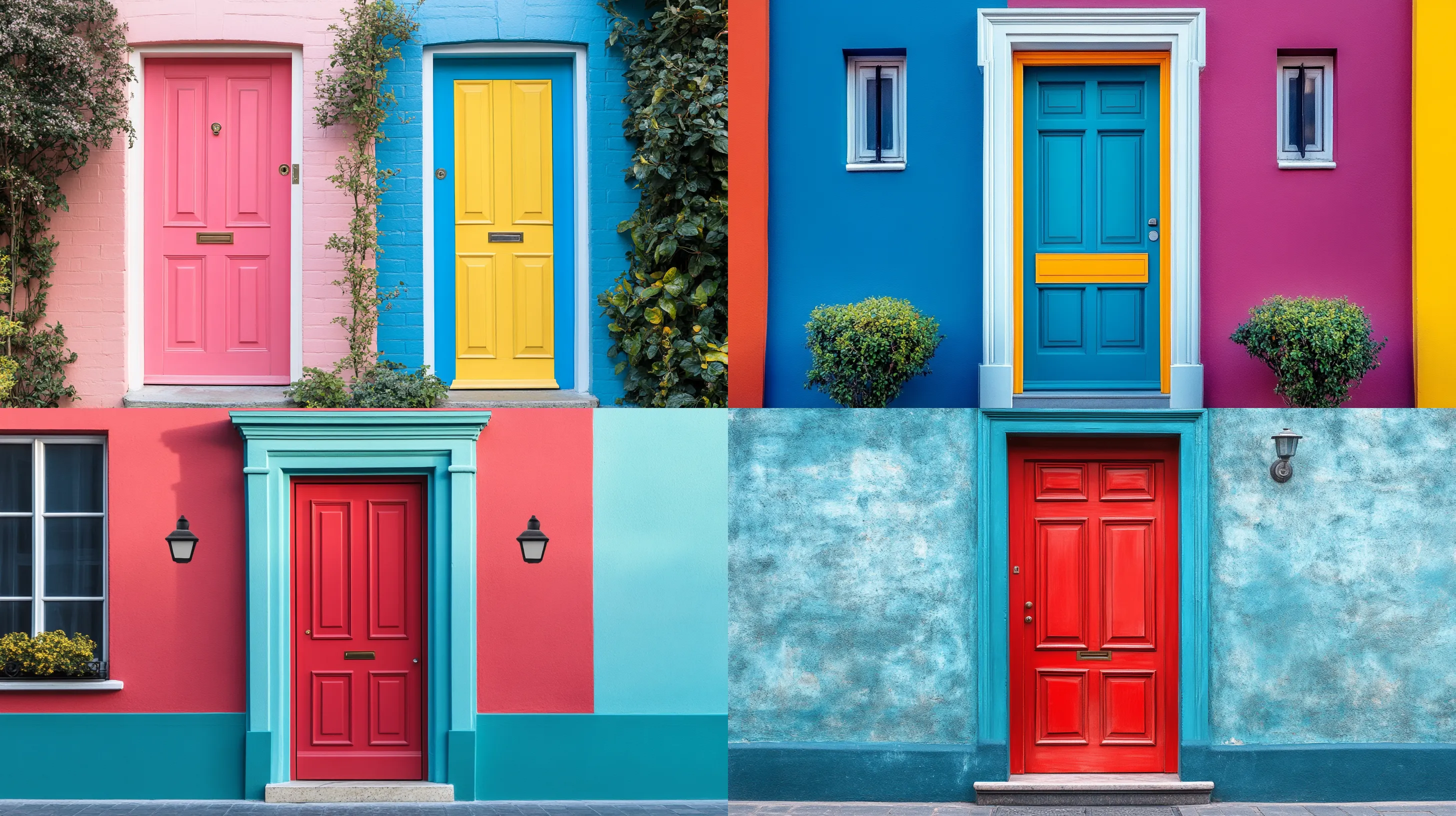
36 Creative Door Colour Combination Ideas for Your Stylish Home Entrances in 2025
January 31, 2025
3859+ views
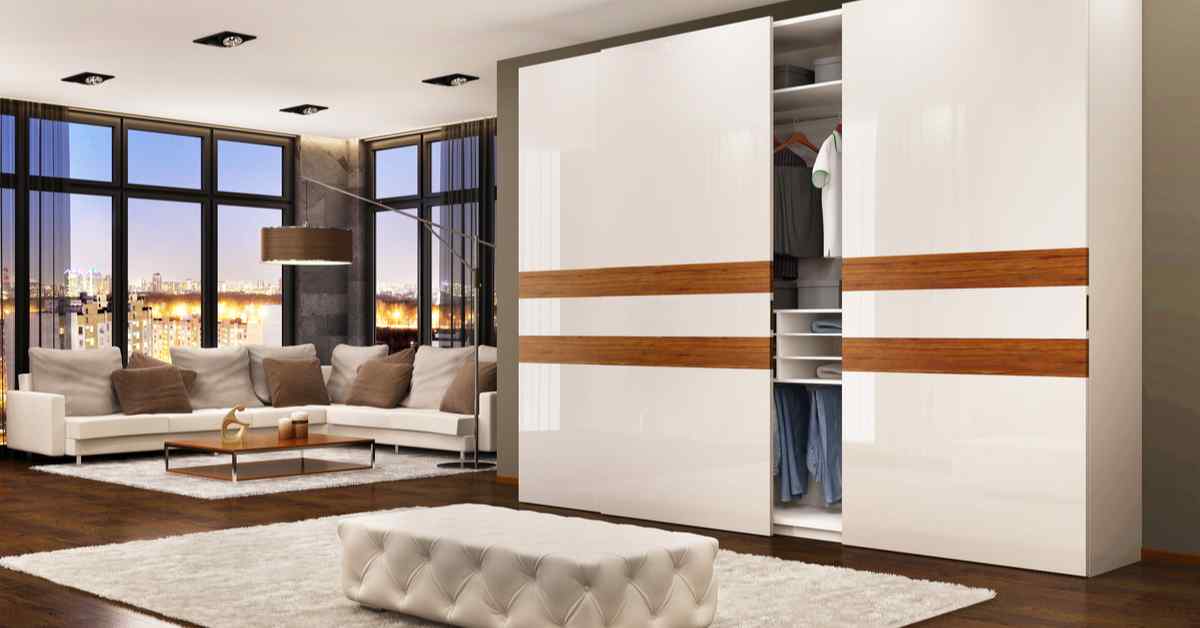
Innovative and Beautiful Wardrobe Colour Combinations
January 31, 2025
3123+ views
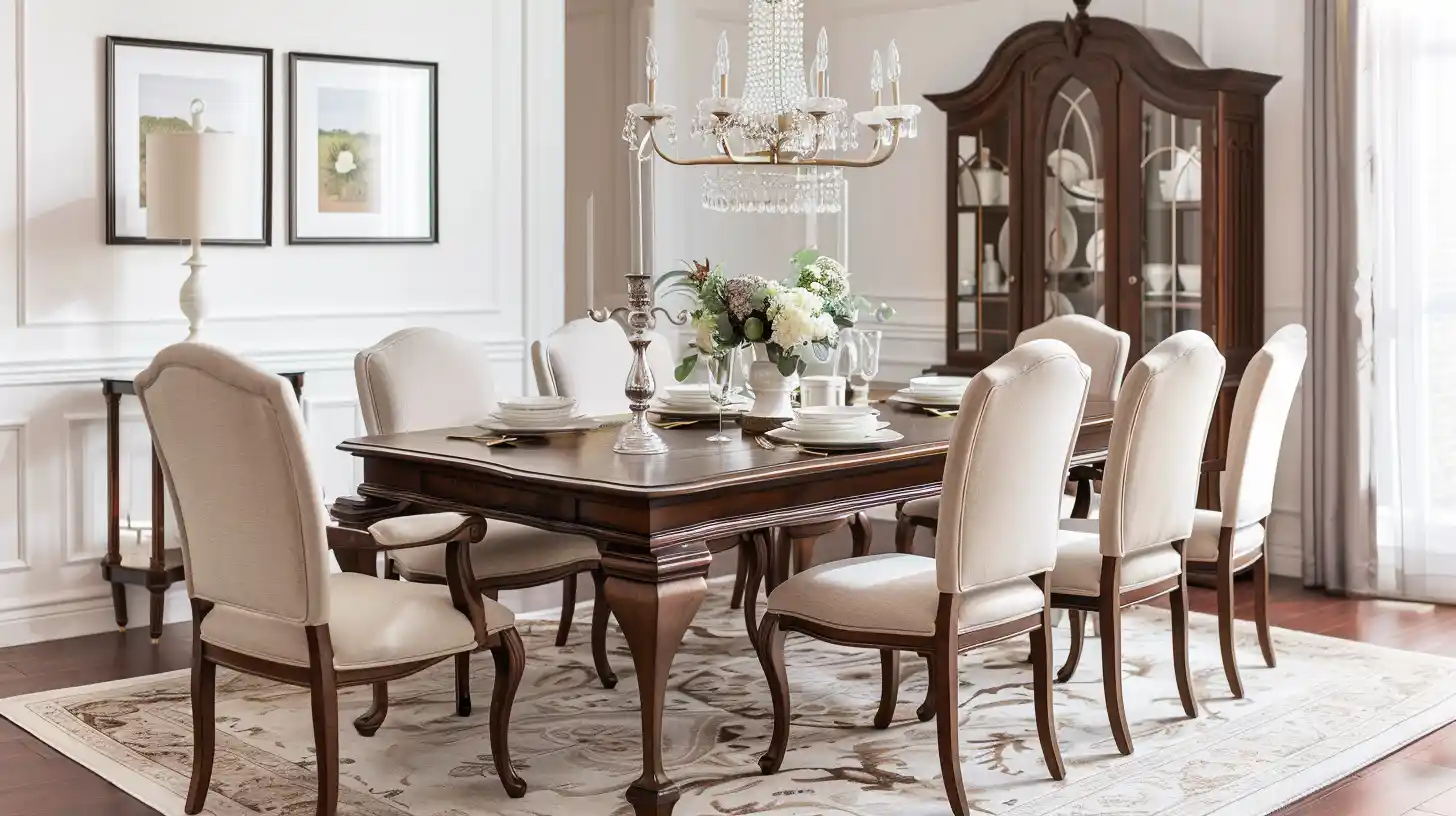
22 Top Dining Room Colour Combinations to Transform Your Space in 2025
January 31, 2025
1997+ views

20 Beautiful Ceiling Paint Designs and Ideas for Every Room in the Home.
January 31, 2025
4036+ views

10 Best Furniture Colour Combinations for Your Home in 2025
January 31, 2025
3179+ views
Loved what you read? Share it with others!
NoBroker Painting Testimonials
Before this festive season
get your house painted
Most Viewed Articles
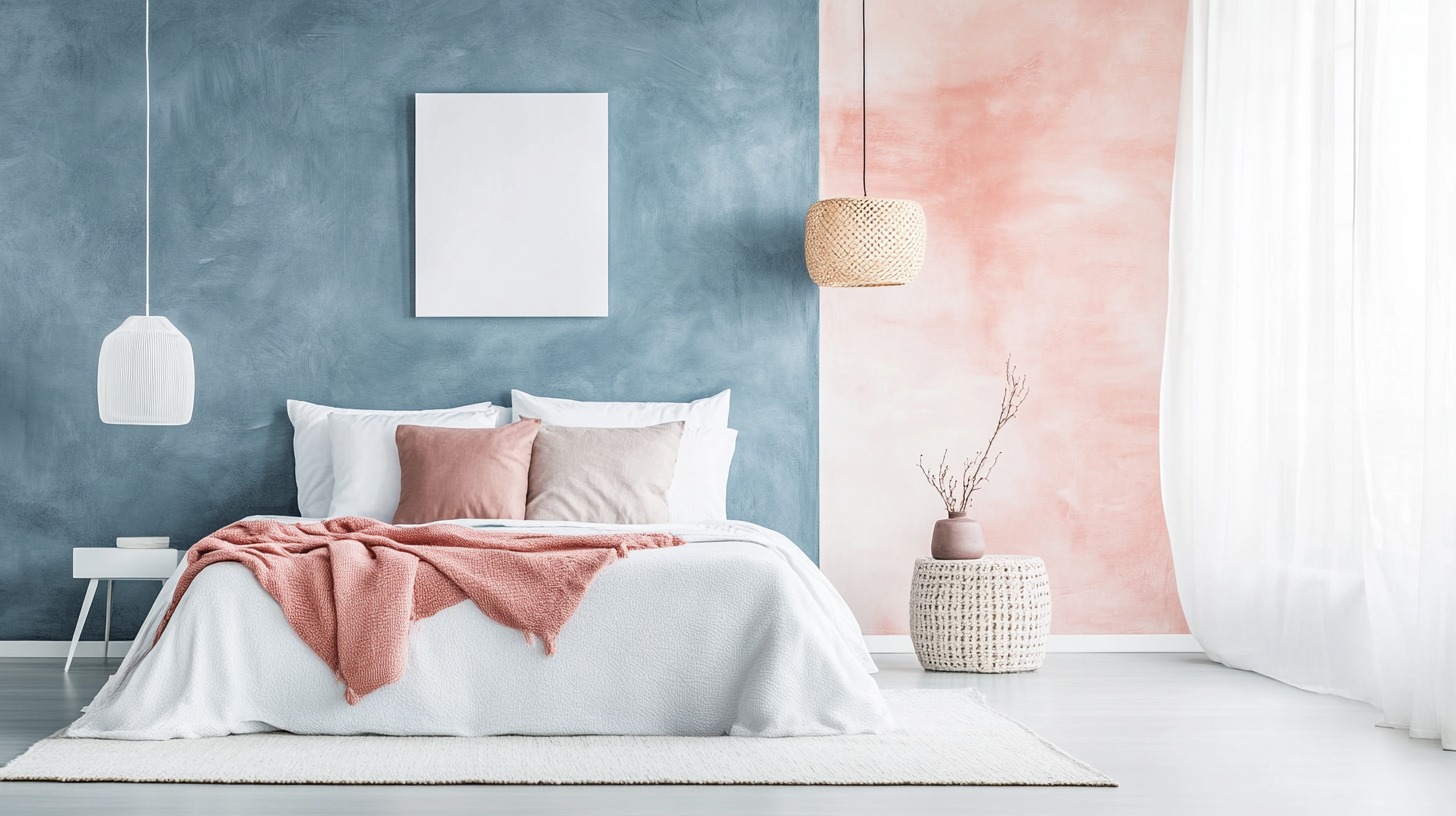
40+ Best Stunning Two Colour Combinations for Bedroom Walls to Elevate Your Space in 2025
January 31, 2025
309562+ views

Top 25 Outside Color Combinations with Colour Codes for a Stylish Home in 2025
January 31, 2025
128106+ views
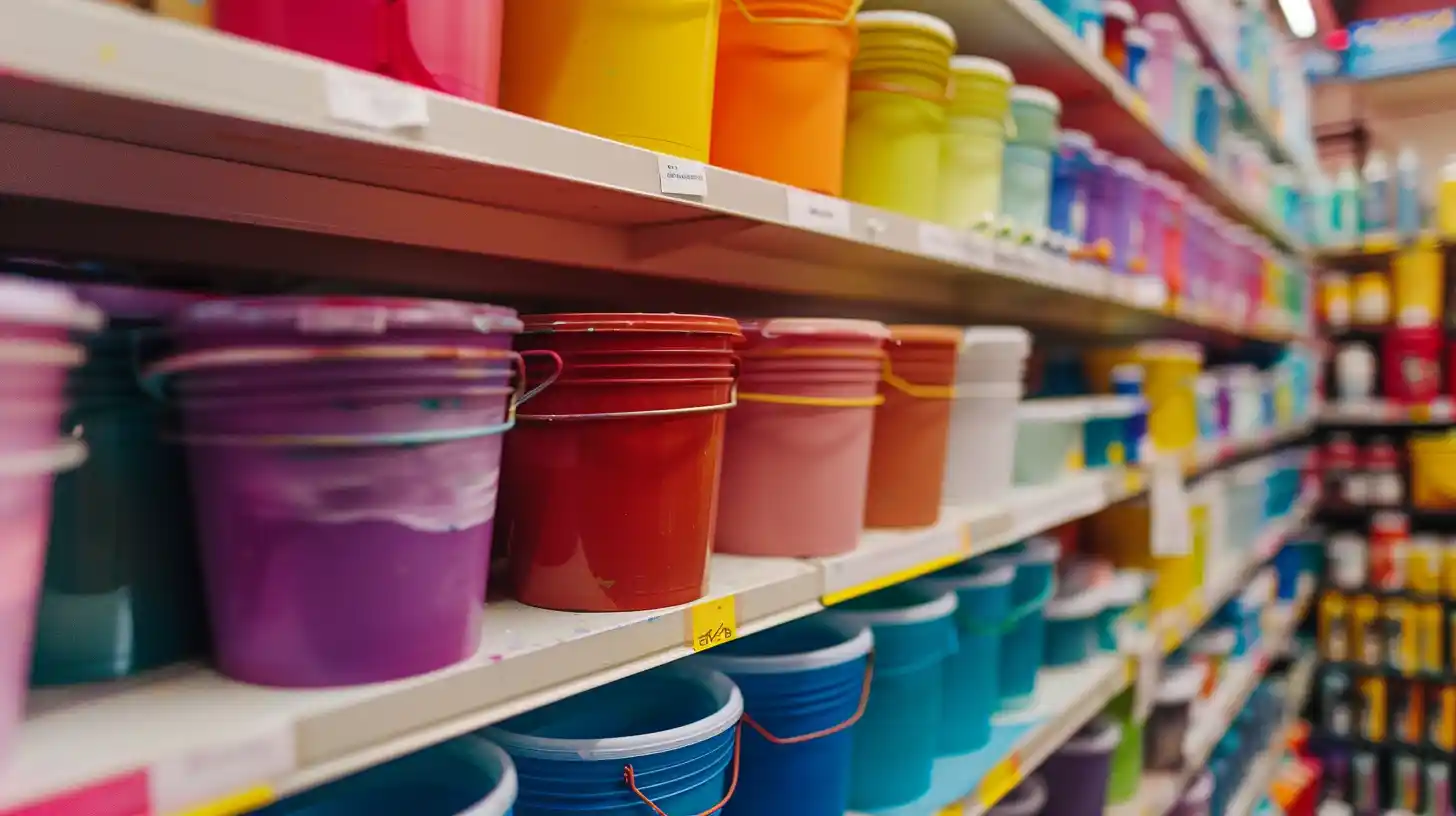
Asian Paint Price 20 Litre: Complete Guide to Different Variants and Costs in 2025
January 31, 2025
58345+ views
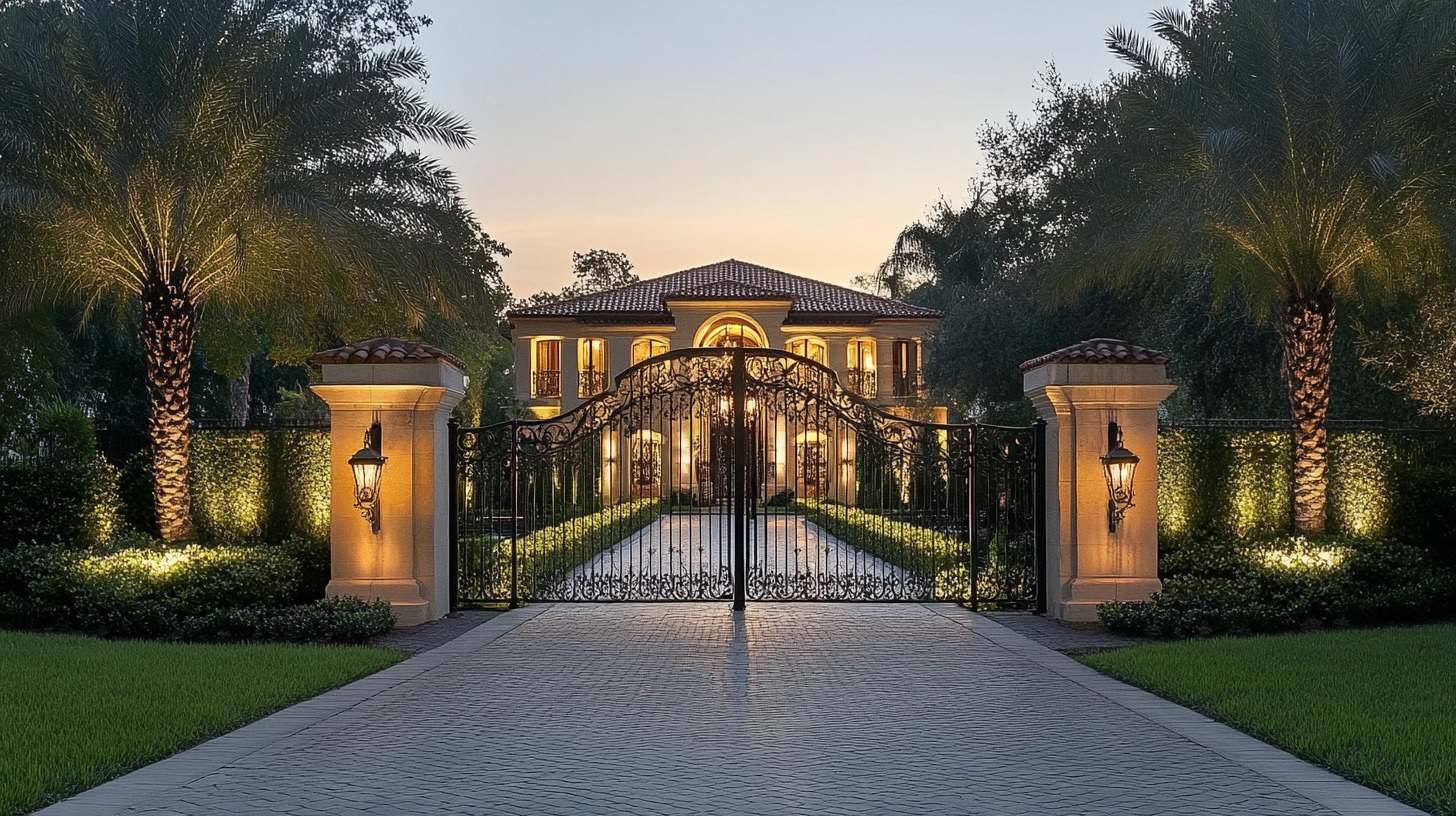
24 Latest Main Gate Colour Combinations for a Modern Look in 2025
December 28, 2024
46121+ views

Top Asian Paints Colour Codes: Transform Your Home with Latest Colours 2025
December 17, 2024
40513+ views
Interior Painting Services in Top Cities of India
Top Paint Brands in India
| Asian Paints | Nerolac Paints |
| Berger Paints | Indigo Paints |
| Dulux Paints | Nippon Paints |
| Shalimar Paints |
Recent blogs in
36 Creative Door Colour Combination Ideas for Your Stylish Home Entrances in 2025
January 31, 2025 by Priyanka Saha
Best Furniture Polish for Antiques and Wooden Surfaces
January 31, 2025 by NoBroker.com
5 Vastu Colours and Where They Should Be Used
January 31, 2025 by NoBroker.com
Best Colours for Small Rooms: Ultimate Paint Guide
January 31, 2025 by NoBroker.com
The Pantone Colour of the Year and How to use it
January 31, 2025 by NoBroker.com




Join the conversation!